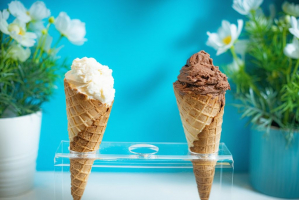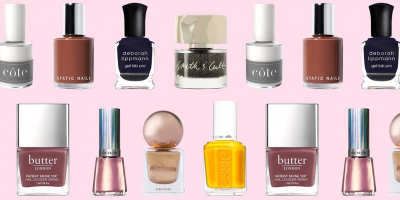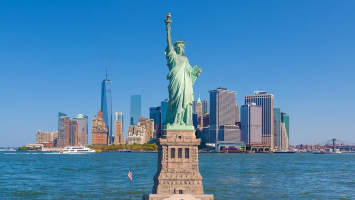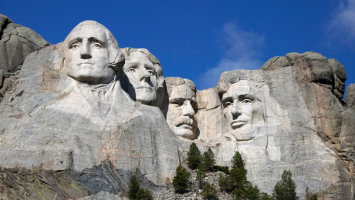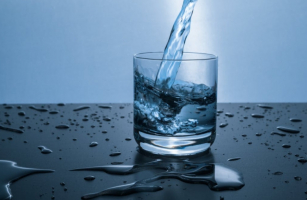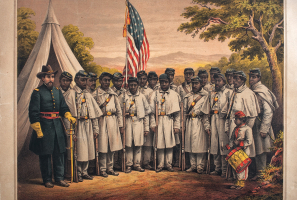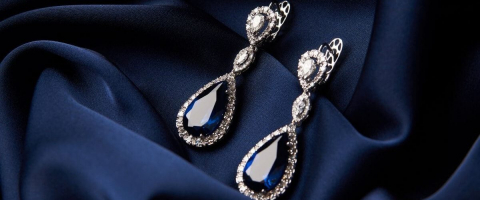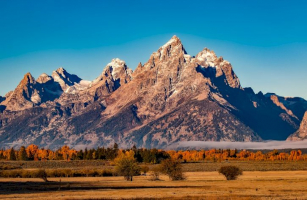Top 10 Interesting Facts About Ice Cream in the United States
Ice cream entered folklore once refrigeration and industrialization made it widely accessible to all Americans. The origins of many of the common ways that ... read more...people consume ice cream have given rise to tall stories and myths in the great American tradition. Locally disputed accounts of the ice cream cone's history have been developed, turning it into an urban legend. The history of the ice cream sundae, its relative the banana split, the malted milkshake, and the practically infinite variety of flavors available to customers also changed. Here are some Interesting Facts About Ice Cream in the United States.
-
Ice cream used to be a luxury only the wealthy could afford to enjoy in America. Simply put, the scrambling masses couldn't afford it. Time passed. Today, Americans eat ice cream in all of its varieties on average 20 liters per person year. However, even at that rate, Americans don't consume enough ice cream to lead the world in ice cream consumption. This honor goes to New Zealand, where each person uses more than 28 liters annually. Vanilla is the flavor that is most popular. US citizens favor chocolate. Additionally, the International Dairy Foods Association estimates that 73% of Americans drink ice cream on a weekly basis or more.
Thomas Jefferson, who was known for his foresight, could not have foreseen the development of ice cream in the United States. Could he have predicted ice cream sandwiches, even if he loved a meal like Baked Alaska and ate ice cream off of cookies? Ice cream cones that have been prepackaged and include almonds and chocolate swirls? 31 varieties are sold in stores? What about ice cream on a stick, as a cake layer, or in a root beer-filled glass? One doubts it.
Ice cream sales have significantly decreased over the past few decades in an increasingly health-conscious America, but the market for premium ice creams has continued to expand. The health-conscious may be aware of studies showing that eating ice cream within two hours of working out encourages the growth of muscles. Additionally, it aids in preventing protein degradation. Given that chocolate milk has been given some of the same qualities, developing a sports beverage that is a little different from the norm may actually be beneficial to health.
https://www.greatbritishchefs.com/ 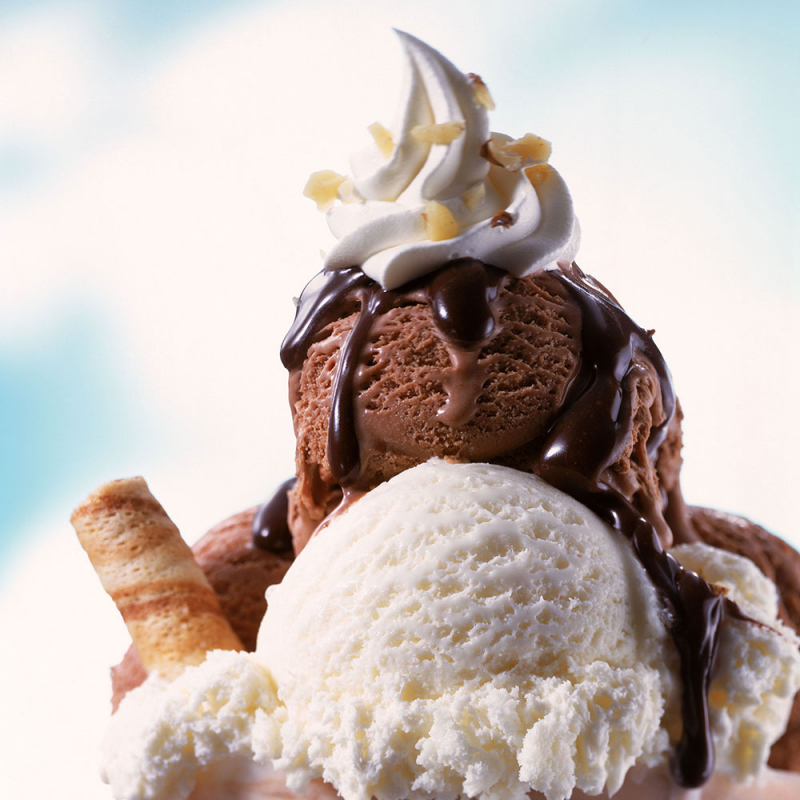
http://www.goodhousekeeping.co.uk/ -
Soft serve ice cream is despised by certain ice cream connoisseurs. Soft serve is merely frozen yogurt, ice milk, or some other inferior mixture that is unworthy of the label ice cream in the eyes of purists, which can be viewed as snobs. Soft serve ice cream is a mixture that has less milk fat than its harder relative but has a creamier consistency because air is injected into the mixture before freezing. Since it is ice cream, it should come as no surprise that there is debate and disagreement over how it was created. There are several people who compete for the honor, including Carvel and the organization that later became Dairy Queen.
Tom Carvel asserted that a flat tire he experienced over Memorial Day Weekend 1934 compelled him to hawk his ice cream, which was gradually melting, out of the rear of his vehicle. He became motivated to create and commercialize the product after observing that crowds appeared to enjoy the softened ice cream throughout the weekend. Despite there being no Memorial Day Weekend in 1934, the tale continues to be Carvel's official line (the holiday was on a Wednesday).
According to their corporate history, Carvel invented the first soft serve ice cream machine in 1939. When selling their soft serve mixture in Kankakee, Illinois, Dairy Queen claimed that their method had first been used in 1938. American invention is ice cream, which is even referred to as American ice cream in some other countries. Evidently, ice cream is associated with a lot of myths and legends, as well as supporters and opponents.
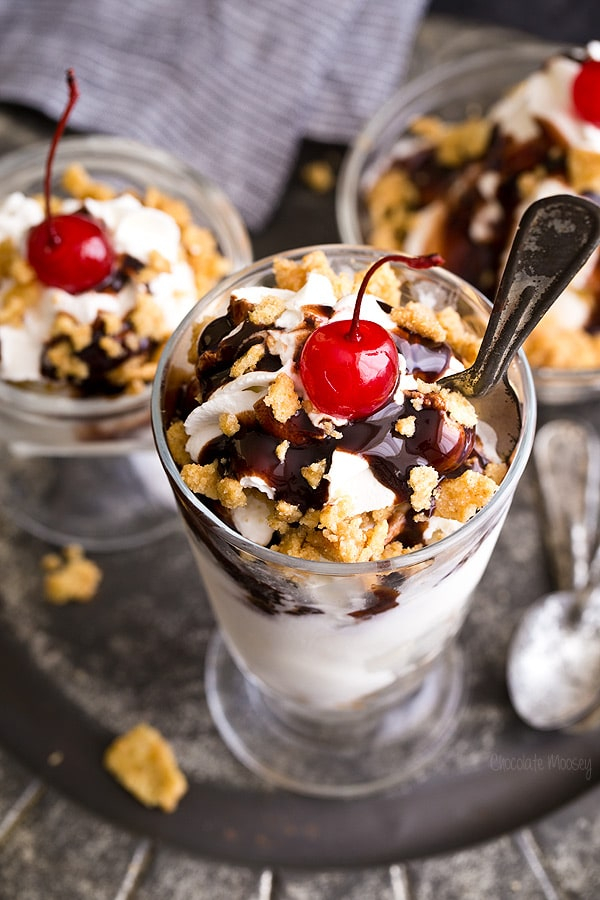
https://www.chocolatemoosey.com 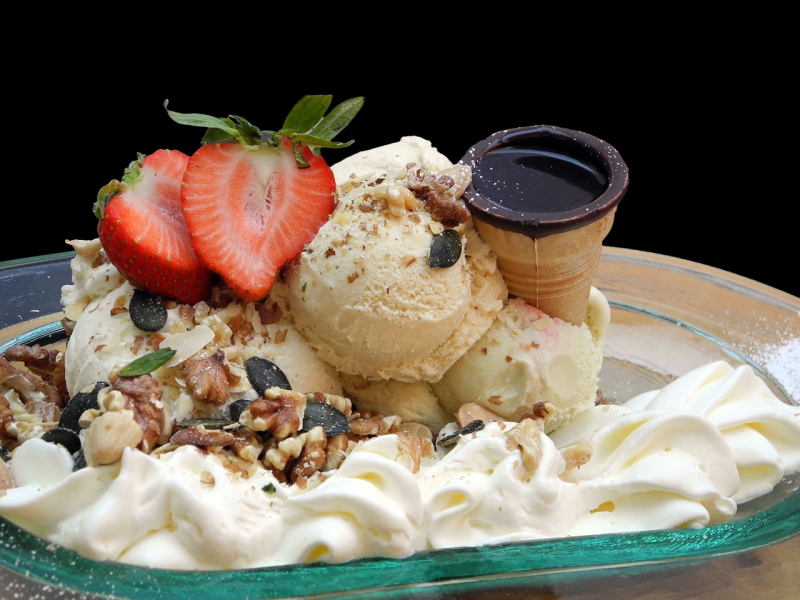
https://harmonyvalleycreamery.com -
The story of the ice cream cone's invention at the St. Louis Exposition in 1904 is probably the most well-known of the urban legends surrounding its invention. The ice cream cone was allegedly created when an ice cream vendor short of glassware enlisted the help of a waffle vendor short of customers. This is another instance of Yankee ingenuity resolving a dilemma to the benefit of everybody. There is a similar tale about how the hot dog bun was made. Both are untrue, but in the retelling, both feel too good to let go.
In truth, though not particularly well-known, edible ice cream containers were available during the St. Louis Exposition as anticipated and were nothing new. In the middle of the 19th century, French cookbooks had recipes for edible ice cream containers known as cornets. During his administration, Jefferson was familiar with ice cream served on baked pans resembling cookie sheets. In actuality, an ice cream cone patent was granted to Italo Marchiony in New York City in 1903. The "hokey-pokey," another Italian invention in which maize starch, sugar, and water were combined and frozen, was a forerunner of the ice cream cone. The end result, which debuted in the middle of the 1880s, was a delectable dish ideal for eating ice cream.
Therefore, edible ice cream delivery methods were already established and widespread before the St. Louis Exposition in 1904. In addition to being a world's fair, the Exposition featured new commercial and industrial products, and the popularity of edible ice cream dishes—commonly referred to as "cornucopias"—was duly noted. After the fair, and ever since, the ice cream cone's popularity skyrocketed, but, contrary to popular belief, it was probably not a necessity-driven invention.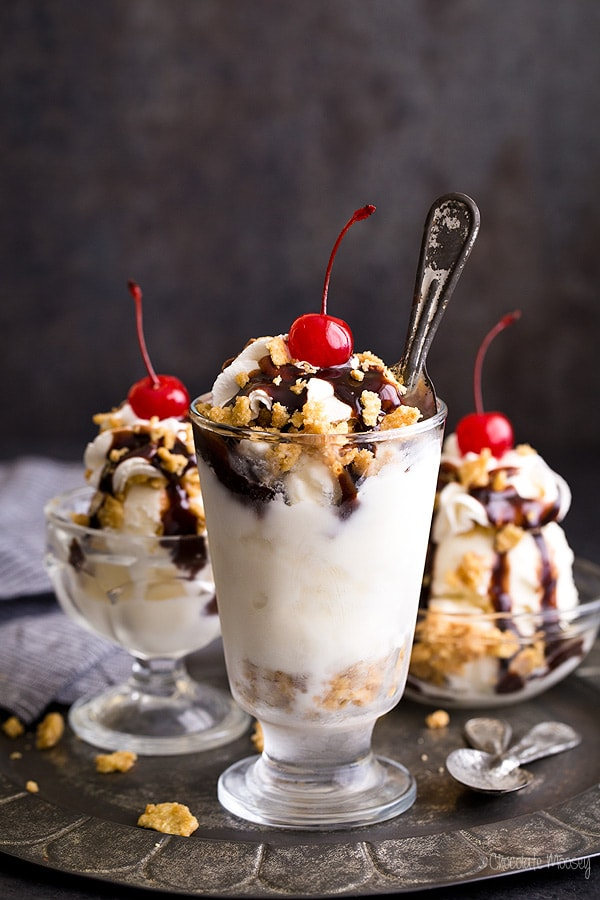
https://www.chocolatemoosey.com 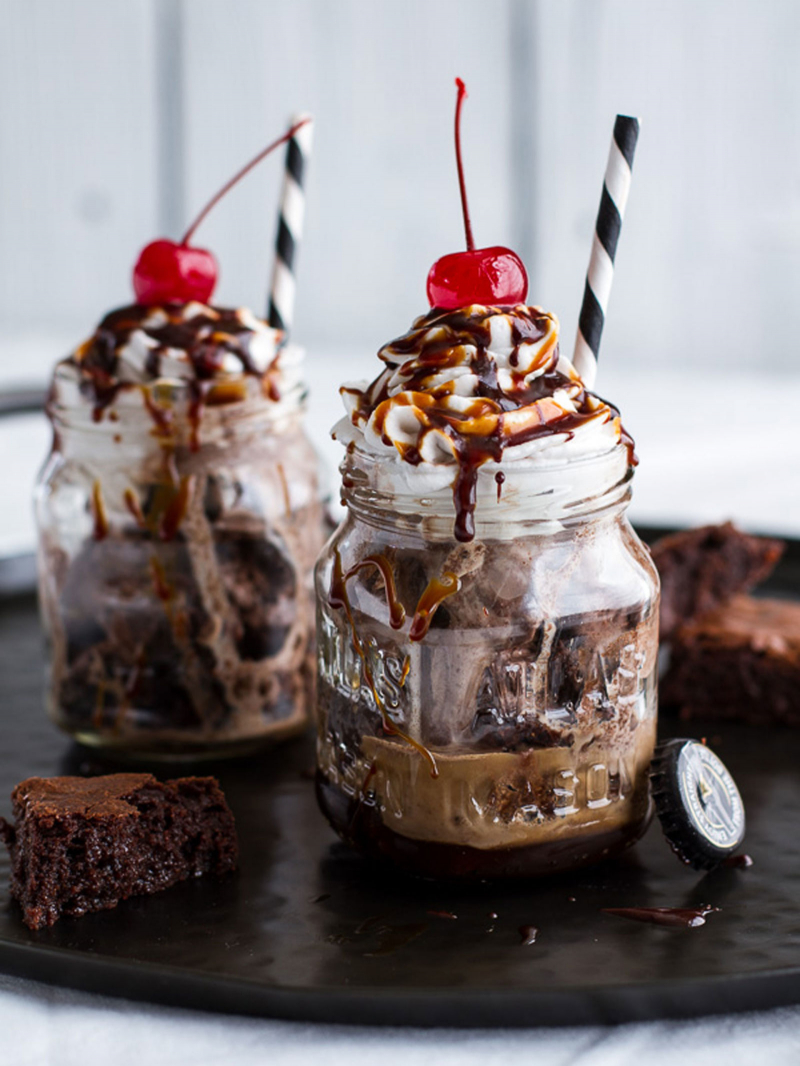
http://www.redbookmag.com -
The banana split is a sundae with at least one banana, numerous scoops of ice cream, a variety of toppings, whipped cream, and additional toppings like nuts, sprinkles, crumbled cookies, and of course, maraschino cherries. It is a dishful of conspicuous excess. Such a culinary extravaganza, with all of its calories almost completely devoid of nutrients, could only be an American invention. And so it stands. However, it should come as no surprise that there is disagreement among American groups about who deserves credit for creating the meal. One of these is Latrobe, Pennsylvania, the hometown of Mr. Rogers, Rolling Rock Beer, and Arnold Palmer.
The banana split, according to Latrobe, was created in 1904 while "Doc" Strickler was a pharmacist at Tassell's Pharmacy. The claim's proponents offer plenty of "evidence," including the availability of receipts for meals made to fit the sundae's unique size, but no real sightings of the receipts have been reported. In particular, Wilmington, Ohio, a small college town that asserts to have split the banana first in 1907, is the target of Latrobe's defense of its claims. According to their version of events, local businessman Ernest R. Hazard created the banana split, allegedly in an effort to win over more Wilmington College students to his establishment's establishment.
The banana split is credited with being invented in Chicago (Walgreens), Boston (Butler Department Store), Columbus, Ohio, Davenport, Iowa, and even New Orleans. But Latrobe and Wilmington appear to be the main parties at odds. At least they concur that a banana split must be made by slicing the fruit in half lengthwise and sandwiching the ice cream between the halves. If the banana is cut in half crosswise, the result is merely a banana royale rather than a banana split.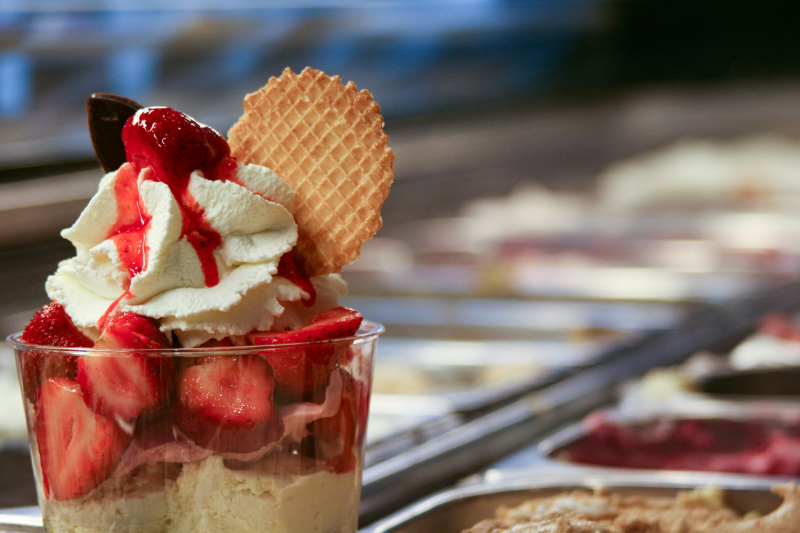
https://www.porrelli.com/ 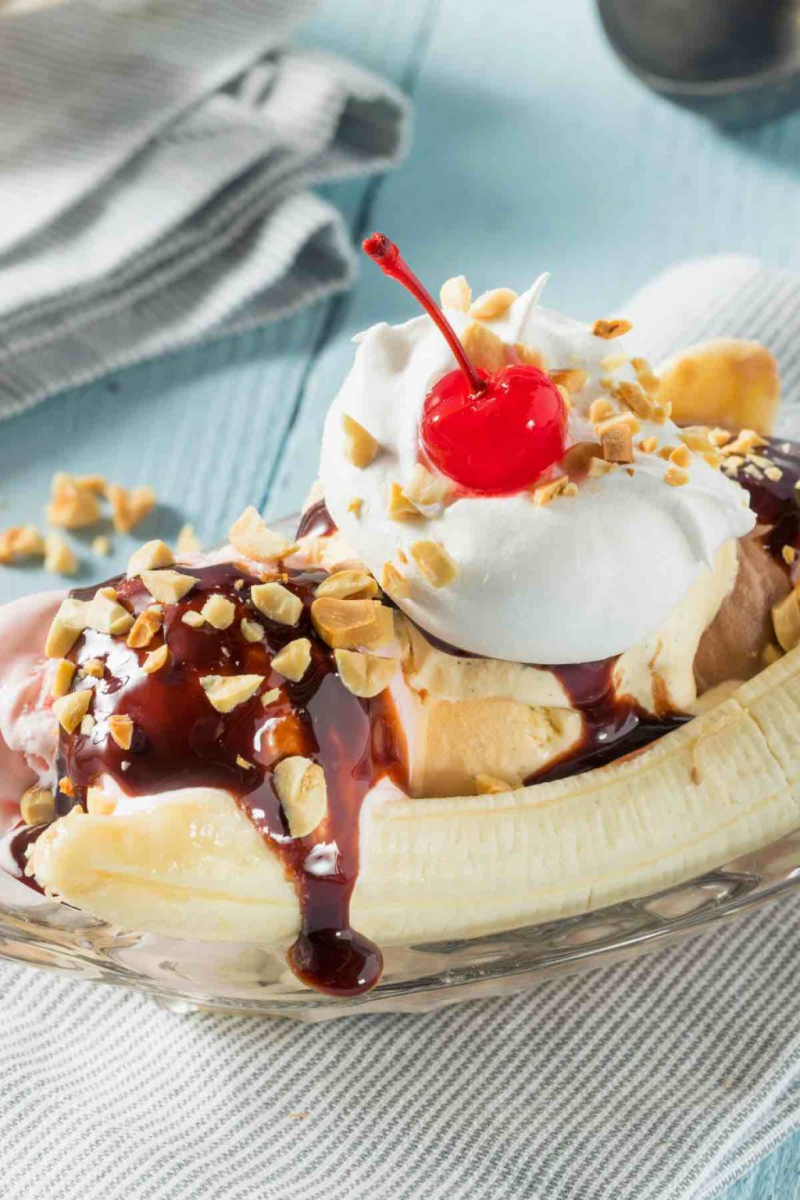
https://izzycooking.com -
The milk float, which consisted of ice cream floating in a glass of milk flavored with syrup, was the oldest documented variation of the milkshake. Malted milk was a distinct beverage that had flavored milk fortified with the substance, which was thought to be a digestive benefit (read laxative). The first malted milk shake was made in 1922 by a soda jerk employed by Chicago's Walgreens Drug Store who blended their malted milk beverage with ice cream. The combination was so well-liked that "Malt Shop" eventually replaced "Ice Cream Parlor" as the preferred location for ice cream pleasure.
Without malt, milk/ice cream drinks gained a variety of regional names, such as frappes in New England, egg creams in the South, milk shakes or shakes in the Midwest, and frosted, among others; practically all of these drinks could be purchased by going to a malt store. They were quickly prepared in the presence of the consumer using specialized blenders.
It's interesting that milkshakes and malts never experienced the sniffing contempt that was once reserved for sodas. The original milkshake was a concoction of whiskey, milk, and egg. Shakes became commonplace in the 1960s thanks to the American fast food industry, and they continue to be a uniquely American invention today.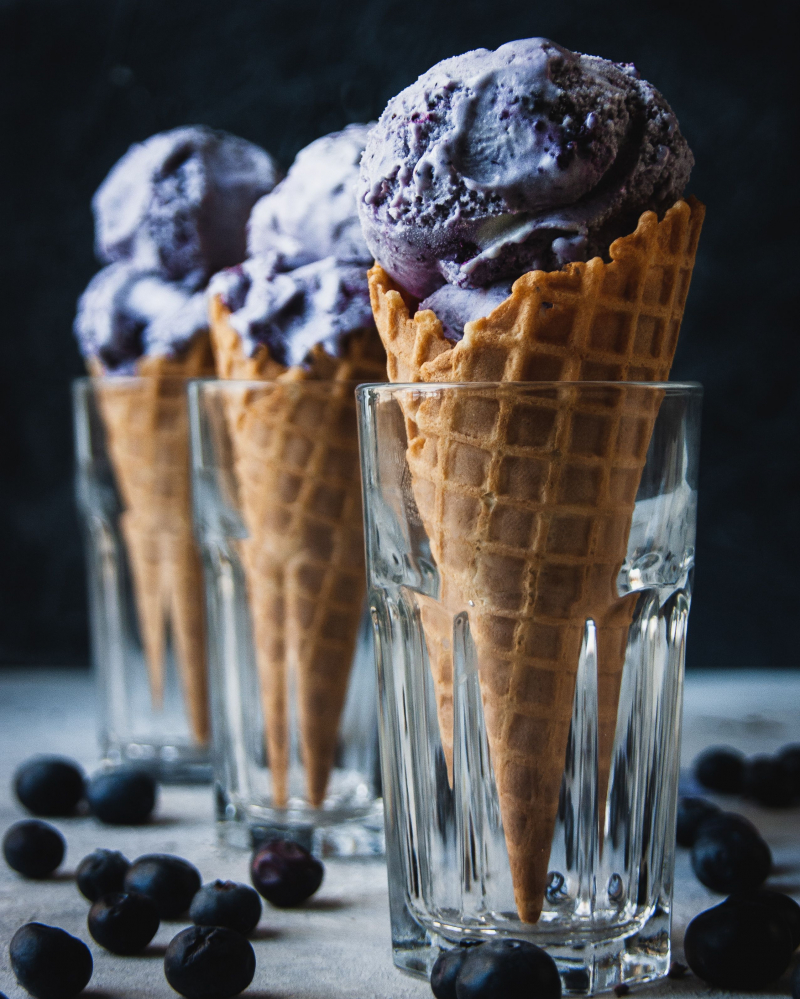
https://thefeedfeed.com 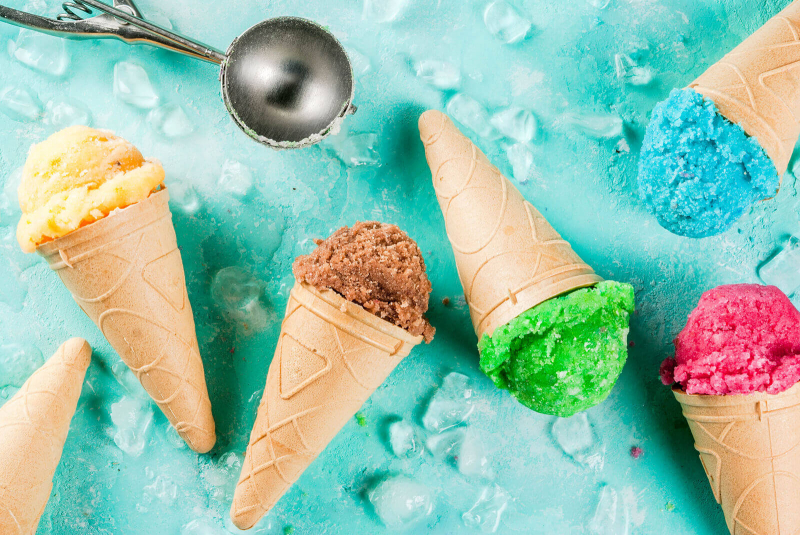
https://www.surfnetkids.com/ -
Throughout the country, many drives took off in the late 19th century, linked only by their desire to prevent Americans from having fun. Fundamentalists were horrified by the rampant sin that was openly practiced everywhere, including nickelodeons, movie theaters, vaudeville stages, and, of course, saloons and other shady establishments. Patent medications were frequently perceived as risky and immoral intoxicants since they were widely accessible and inexpensive. Among the latter were "medicinal" drinks marketed as syrups and sold at soda shops and pharmacies. Numerous of them, including Coca-Cola, 7-Up, Dr. Pepper, and others, were marketed as stimulants, digestive aids, and "cures" for female disorders.
They therefore qualified as intoxicants, at least in the eyes of the intrepid defenders of social propriety who pushed for their sales to be prohibited on Sundays. When combined with different flavors or syrups to create a beverage, plain carbonated water is one of these dangers to American morals. The necessity to preserve the Sabbath prompted the prohibition of sodas on Sunday in several localities across the country, which impacted ice cream sales. Ice cream merchants produced a dish with all the components of popular sodas – ice cream, syrup topping, sprinkles, almonds, whipped cream, etc. – but without the objectionable soda in order to protect their earnings. Their Sabbath Ice Cream Sundays eventually became known as Sundaes. Or at least that is how the tale goes.
The ice cream sundae was allegedly invented in Two Rivers, Wisconsin, and H. L. Mencken even backed up this story in the early 20th century. Mencken's reputation as a skilled hoaxer hasn't done much to refute Two Rivers' assertion over time. The Wisconsinites are viewed as simple posers in other communities, most notably Ithaca, New York. The Women's Christian Temperance Union's section in Evanston, Illinois, claims to have created the name for the ice cream sundae (Garwood's Drug Store). It is unknown how they counterbalanced the sundae with the sin of gluttony.
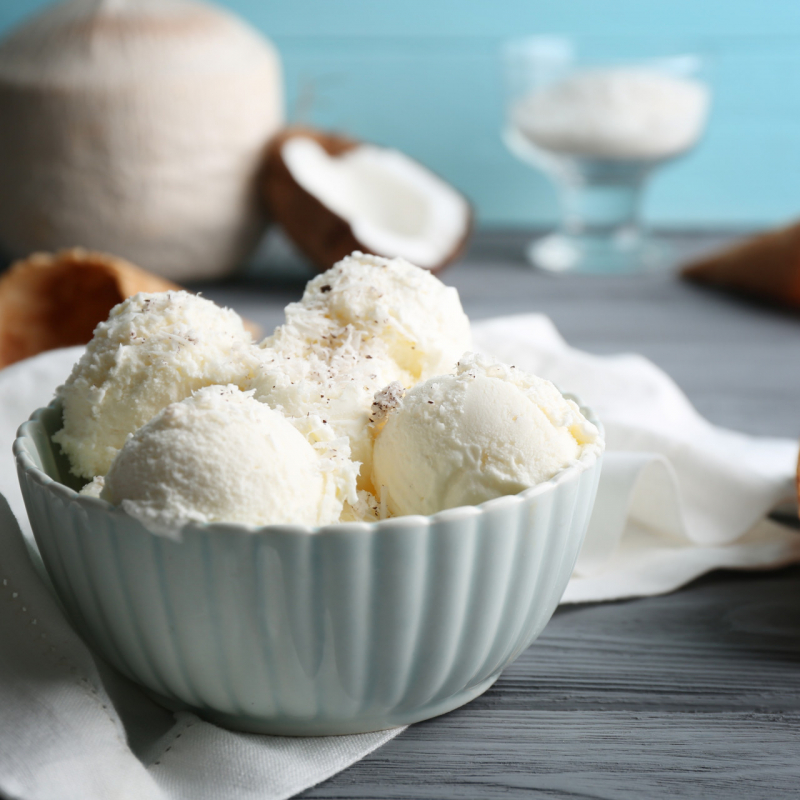
https://www.bigoven.com/ 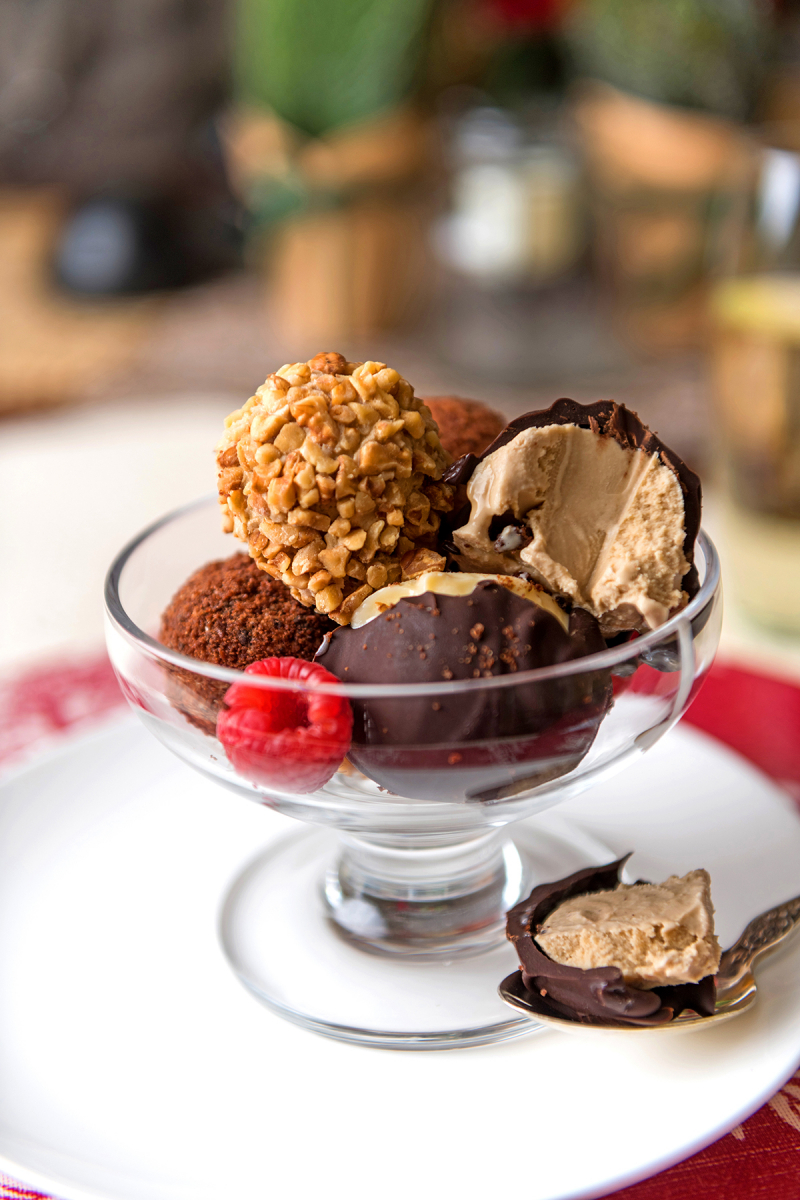
https://www.225batonrouge.com/ -
Pharmacists and chemists discovered a fresh market for carbonated beverages following the American Civil War. They featured concoctions like Coca-Cola, root beers and ginger ales, as well as ordinary carbonated water. They were marketed as tonics, to promote digestion, and to help ease "vapors" and other euphemisms for feminine ailments. It was inevitable that sodas and ice cream would combine in a glass because pharmacies were frequently the local supplier for ice cream. And in classic American fashion, a number of stories about the seismic event have surfaced throughout the years. All of these are exaggerations, despite the fact that some of them might be somewhat accurate.
The accidental discovery of the beverage during the 1874 Franklin Institute Celebration in Philadelphia is one of the most well-known legends surrounding the creation of the ice cream soda. In one story, a seller of carbonated drinks named Robert McKay Green replenished his decreasing ice supply by using ice cream to cool his drinks. These occurrences, which combine Yankee ingenuity, heavenly inspiration, and astounding accomplishment, are part of American ice cream history. They are also mostly untrue; Green later acknowledged experimenting with several soda/ice cream concoctions well before the fair. Which explains why he kept a list of prices and flavor combinations on hand.
Green insisted that his gravestone bear the inscription "Originator of the Ice Cream Soda" because he was aware of the numerous conflicting accounts of the creation of the ice cream soda. The drink gave rise to two American icons: the soda jerk, a piece of Americana that persisted well into the 1950s, and the soda fountain, which became a fixture in towns all over the country.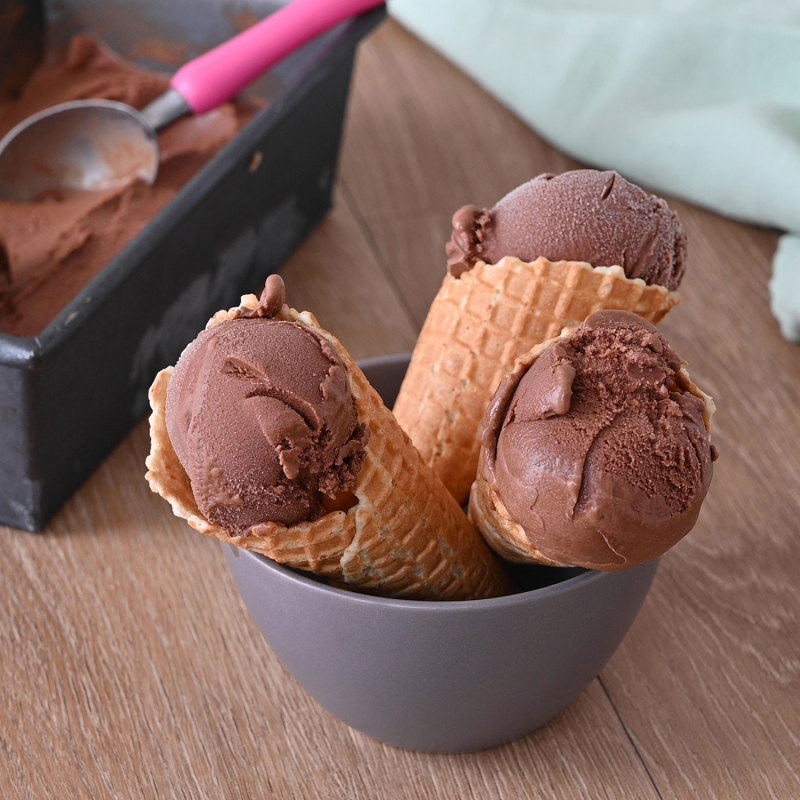
https://www.cuisinart.co.uk/ 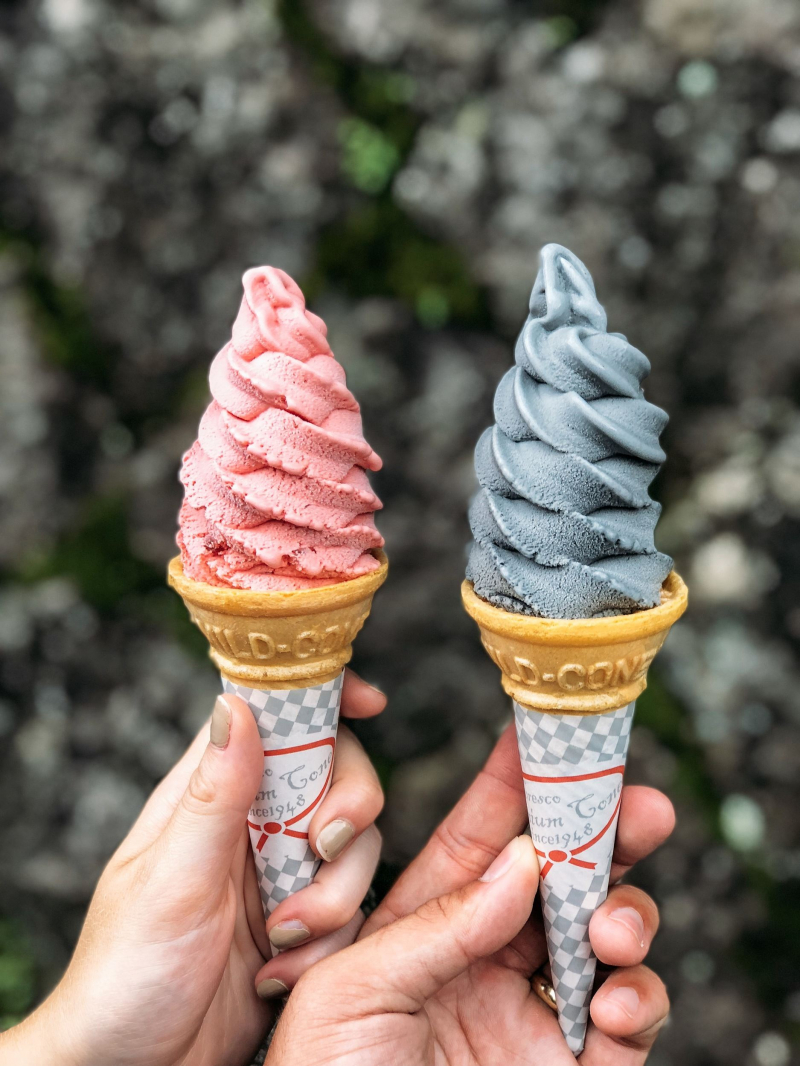
https://pagesoftravel.org/ -
Ice cream was first produced commercially, that is, not on demand by customers, in 1851 when a cunning Quaker milkman saw a chance. Jacob Fussell created ice cream in the little Pennsylvanian town of Seven Valleys using extra milk and eggs. What he couldn't sell locally, he shipped to Baltimore on the recently built railroad. By 1854, there was enough of a demand in Baltimore for Fussell to move his ice cream production there. The commercial ice cream industry in the United States was established in Baltimore's Fussell's Ice Cream Factory in 1854. Ice cream wasn't just a luxury enjoyed by the wealthy anymore.
Despite the Civil War, Fussell's steadily increased his business over the following ten years.
Throughout the following ten years, Fussell's steadily increased his business despite the Civil War and its effects on train traffic. He had ice cream factories running in New York, Boston, and Washington City by the middle of the 1870s. Because he produced in large quantities, he could sell his goods for less money than ice cream made nearby, and business expansion was steady. Still, the requirement for ice throughout the packing, shipping, and storage stages restricted ice cream sales and transportation. Even now, the shelf life of ice cream is still only a few months, especially during the hotter seasons.
However, by the time of the country's centennial in 1876, ice cream was a common dish rather than a treat enjoyed only by the affluent. To develop a regional ice cream manufacturing interest, local dairies and confectioners united. In both big cities and small communities, ice cream was available from specialist vendors, general retailers, dairy shops, and drugstores. It saw a spike in popularity following the Civil War, along with other mass-produced goods intended for ostentatious consumption.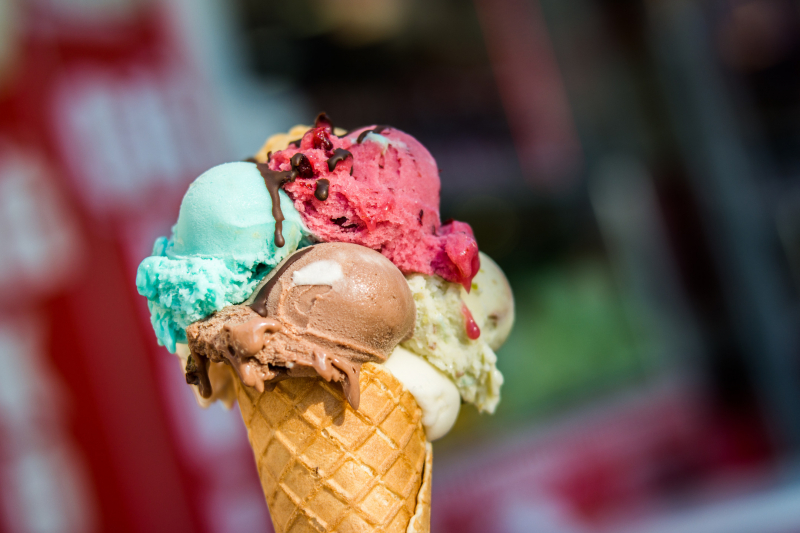
https://blog.mystart.com 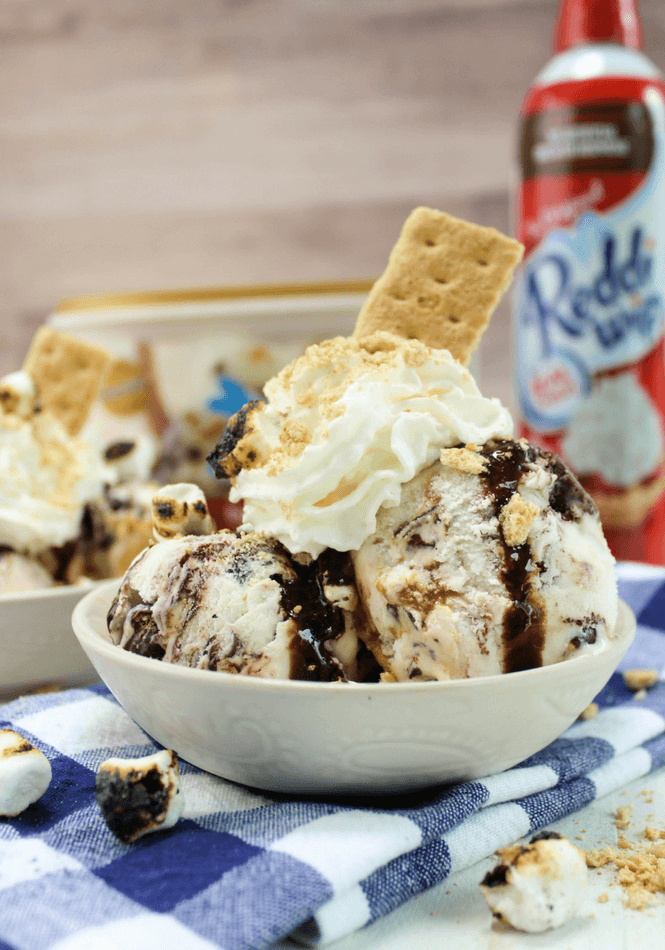
http://kichencorner.blogspot.com/ -
From 1790 until 1800, Philadelphia was the newborn United States' capital, during which time it also functioned as the country's largest urban region. Philadelphia maintained its thriving status as a commercial and financial hub even after the capital was moved to Washington City in 1800. Philadelphia was a thriving commercial hub in the early 19th century thanks to small company owners like tailors, dressmakers, bootmakers and cobblers, stationers, and—most importantly for this discussion—confectioners. One such businessman was Augustus Jackson, who, according to some stories, once worked as a chef in the White House.
According to one account that mentions Jackson, George Washington also took ice cream pot freezers to Mount Vernon as "souvenirs of a journey to France." Even while it is known that Washington enjoyed ice cream, he sadly never traveled to France. None of the numerous formulas credited to Augustus Jackson are still in existence, and the exact sites of his ice cream factories are up for debate. He also never applied for any patents relating the production of ice cream. Nevertheless, others claim that he is the "Father of Ice Cream."
In addition to the fruit from inland farms and the sugar from the Caribbean islands, the wharves and warehouses of this significant port were brimming with unique delicacies. Ice cream was produced to order and consumed in parlors, coffee shops, tearooms, and private houses without refrigeration for extended periods of time. By the 1840s, it had been transported via inland waterways and post roads, encased in ice and sawdust, to cities and towns.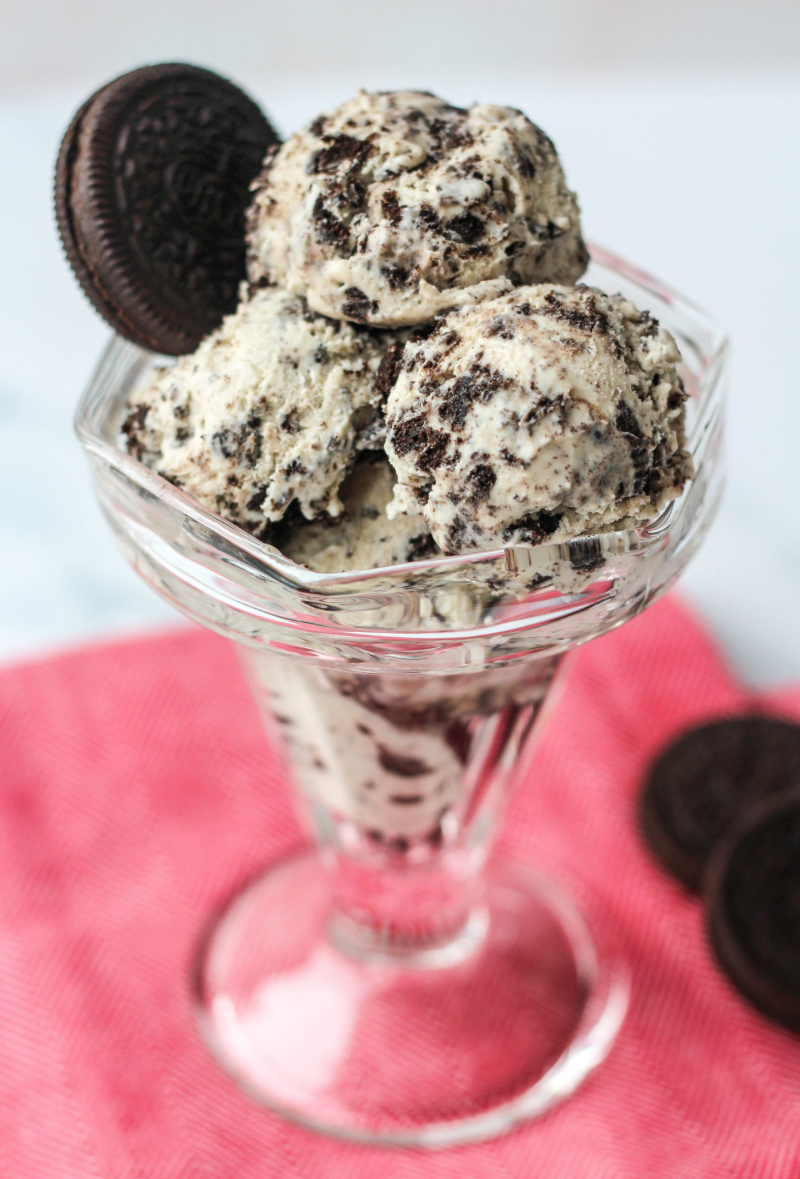
https://bakerjo.co.uk/ 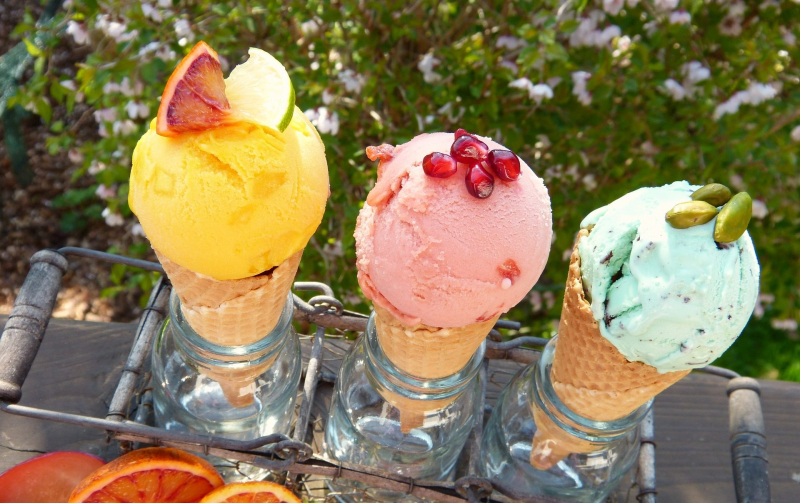
https://nocamels.com/ -
Ice cream consumption in North American colonies is documented as early as the middle of the 18th century, and much earlier are the recipes that describe how it is made. The combination of cream, sugar, and flavorings combined to nearly frozen consistency—ice cream—arrived with the Europeans, despite the fact that there are accounts of indigenous peoples enjoying snow and ice shavings flavored in various ways. Only the wealthy knew about the dish for almost a century. It was pricey. Most Americans at the time considered sugar to be a luxury. Ice was pricey in the summer, even though it was common in the winter.
Ice cream was clearly a favorite food of Jefferson's and many of his fellow Virginians. A large portion of America's wealth was concentrated in and around Philadelphia in the early years of the country's new government under the Constitution. Those few wealthy Americans who could afford to imitate their betters purchased ice creams from confectioners in Philadelphia, Baltimore, and other major cities because wealthy Americans preferred it as a dessert at formal meals. Americans with less money found the combination to be a rare pleasure because they couldn't afford to buy big quantities of sugar and ice.
In the late 18th and early 19th centuries, ice cream recipes and descriptions of the equipment required to prepare it in large quantities first appeared in American cookbooks and recipe collections. In what was then known as the President's House (White House), Jefferson offered ice creams, including a dish in which frozen ice cream was served in a baked crust. So, despite the third president's efforts to popularize the dish, it remained essentially a pleasure for the wealthy rather than a staple food for the average person.
https://in-confectionery.com 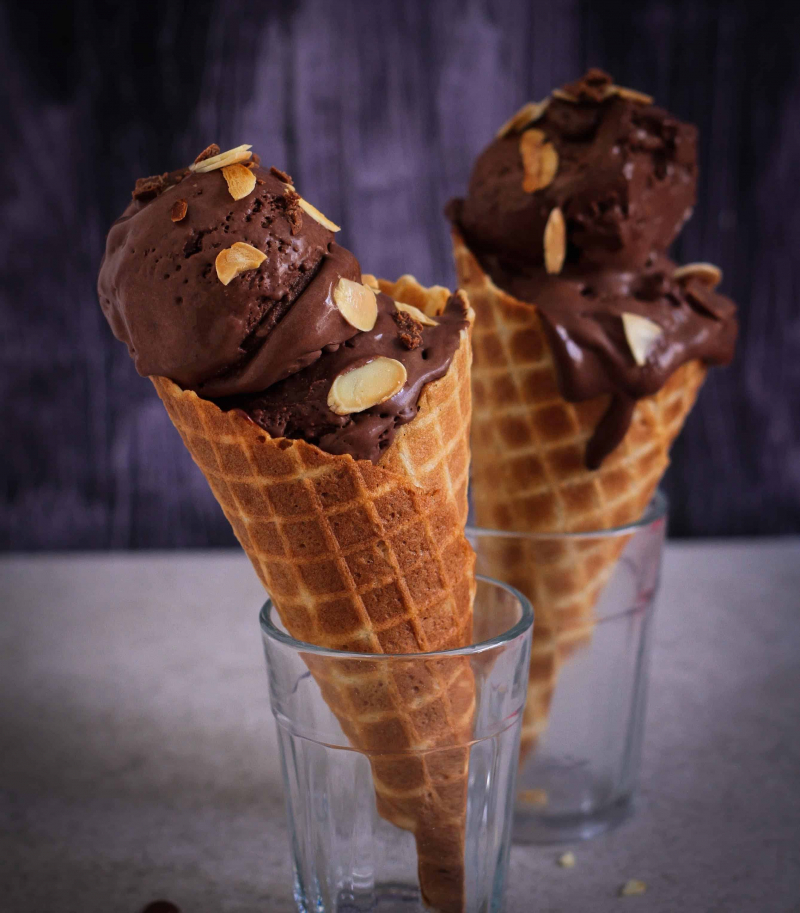
https://tashasartisanfoods.com/












